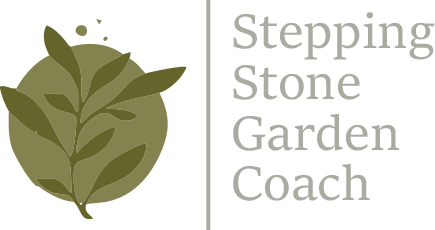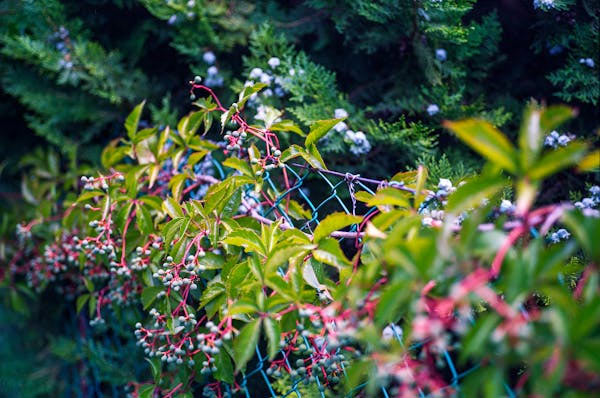Why settle for a plain wooden fence when you can plant a living one—one that not only adds beauty and privacy to your space but also feeds you? Here in Central Florida, our long growing season and rich biodiversity give us the perfect climate for creating what we like to call The Edible Fence—a lush, living border filled with climbing vines, fruiting shrubs, and tall vegetables that provide privacy, shade, and an abundance of harvest.
Whether you’re working with a backyard garden, a suburban side yard, or even a small patio with trellises, there are countless ways to design a fence that does more than just mark your property line.
Why Go Edible?
Privacy: Many edible plants are dense or fast-growing, making them excellent natural screens.
Productivity: Why plant something purely ornamental when it could provide food?
Pollinator-Friendly: Many edible plants attract bees, butterflies, and beneficial insects.
Sustainability: Reduce your trips to the grocery store and enjoy hyperlocal harvests.
Favorite Plants for Edible Fencing
Passionflower (Passiflora incarnata)
This fast-growing native vine produces beautiful purple flowers and edible fruit (maypop). It clings easily to fences or trellises and brings pollinators in droves. Bonus: the leaves and flowers are often used in calming herbal teas.
Pigeon Peas (Cajanus cajan)
A drought-tolerant legume that grows into a small bushy shrub (up to 6–8 feet tall). It produces pea pods that are rich in protein and can be eaten fresh or dried. Also fixes nitrogen in the soil—a win-win!
Seminole Pumpkin
This native vining squash can be trained along fences or archways. It’s heat-loving and resistant to pests that plague other pumpkin varieties. The flesh is sweet and stores beautifully.
Climbing Beans (Pole Beans or Yardlong Beans)
Beans grow quickly and densely—perfect for filling in fence gaps. Try colorful varieties like scarlet runner beans or purple hyacinth beans for a visually stunning and edible screen.
Sugar Cane or Lemongrass
Both can be used as a fragrant, towering privacy hedge. Sugar cane adds a tropical flair and sweet reward, while lemongrass repels mosquitoes and can be harvested for teas and recipes.
Muscadine Grapes
Thick vines with large leaves for privacy and juicy, antioxidant-rich fruit. These native grapes are tough and love the Florida heat.
How to Build an Edible Fence
-
Start with a strong trellis or support: Use cattle panel fencing, bamboo stakes, or even a sturdy clothesline between posts.
-
Mix plant heights: Combine climbing vines with medium-height shrubs and low-growing herbs or edible ground covers like sweet potato.
-
Layer planting times: Pair long-season perennials with quick growers like pole beans for continuous coverage.
-
Mulch heavily: To retain moisture and keep the roots of your edible fence happy during the hot months.
Design Tips
Use succession planting to keep your edible fence productive year-round.
Incorporate flowers like nasturtiums or calendula to attract beneficial insects and add beauty.
Consider interplanting with basil, oregano, or thyme as a fragrant border.
Edible Fences in Small Spaces
Even if you don’t have a yard, vertical growing makes edible fences possible! Use large containers with trellises for climbing beans or cucumbers. A row of large pots with tall herbs can create privacy and utility on patios and balconies.
Closing Thoughts
Edible fences are a perfect example of how gardening can be functional, beautiful, and delicious all at once. Whether you’re growing pigeon peas for protein, passionflower for tea, or pumpkins for pies, your garden border can serve multiple purposes—and maybe even start a neighborhood conversation or two.
Want help designing your own edible fence or privacy garden? Let’s connect! I’d love to help you build something lush, green, and full of flavor.

